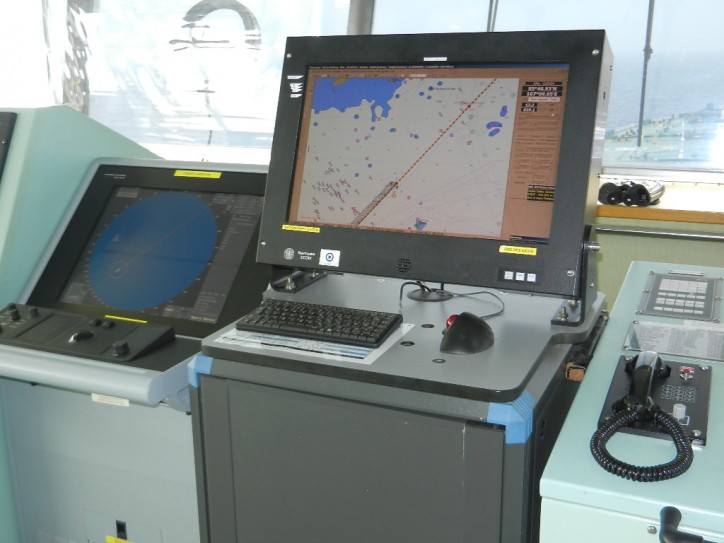 The United Kingdom Maritime & Coastguard Agency has decided to revise its take on the type of specific ECDIS training, commenting that from now on the responsibility of finding a proper way to conduct the training will fall entirely on the respective shipowner or operator of the vessel.
The United Kingdom Maritime & Coastguard Agency has decided to revise its take on the type of specific ECDIS training, commenting that from now on the responsibility of finding a proper way to conduct the training will fall entirely on the respective shipowner or operator of the vessel.
According to Marine Information Note 503 (M) all stipulations of the Port State Control Committee Instruction 47/2014/15 requiring the performing of generic as well as ship specific ECDIS training procedures for U.K flagged vessels’ navigational officers and masters are reversed.
STCW’s Manila Amendments (which feature the employing of ECDIS in order to properly maintain navigation safety as a required competence) became effective back on January 1st,2012 and ECDIS’s mandatory carriage started to phase in from July 1st, 2012.
Due to the fact that ECDIS might be rather complex, some administrations have preferred advising or requiring seafarers to receive training by manufacturers in order for them to be familiar with ECDIS onboard, comments David Patraiko, The Nautical Institute’s Director of Projects.
According to him, however, there is no information in any kind of IMO documentation that calls for or even points out a specific type of training, and a large number of industry members believe that there are other more sufficient means of ensuring the said familiarization.
Now the aspect which will be emphasized on will be the demonstration of familiarization along the lines of the STCW and the ISM Code.
“Instructions deemed as being integral to be provided before sailing are to be identified, documented and subsequently given out,” as stated in the marine information note.
“This move is going to most probably impact the industry in a huge way, given the fact that now crews are to be sent around the globe in order for them to attend manufacturer training courses before joining their respective vessels. By no means should this become the “easy” option, but if provided with proper enforcement, it should turn out to be a far more sufficient way going forward,” adds Patraiko.
By changing its take on the matter the U.K. will now be in line with the Industry Training Guidance that was published back in 2012 by The Nautical Institute. The guidance features the following recommendations:
- All watchkeeping officers are to have a high level of competence regarding the usage of onboard ECDIS before taking command of a navigational watch. An implicit continual competence element is the ability of demonstrating the said competence.
- The familiarization process is to encompass any ECDIS onboard, which includes all typesof backup systems. Also including all pertinent information needed for the ECDIS’s safe operation as well as all updates and alterations.
- Focus is to be placed on achieving and displaying the required competencies, rather that the time spent on training procedures or achieving certification.
- There is a vast array of training methods and tools that can be employed, either alone or in a proper combination, in order to contribute towards the competency of a navigator.
- The Familiarization process is to be structured and specific to the onboard equipment and its settings and is to be complementary to the generic ECDIS training procedures.